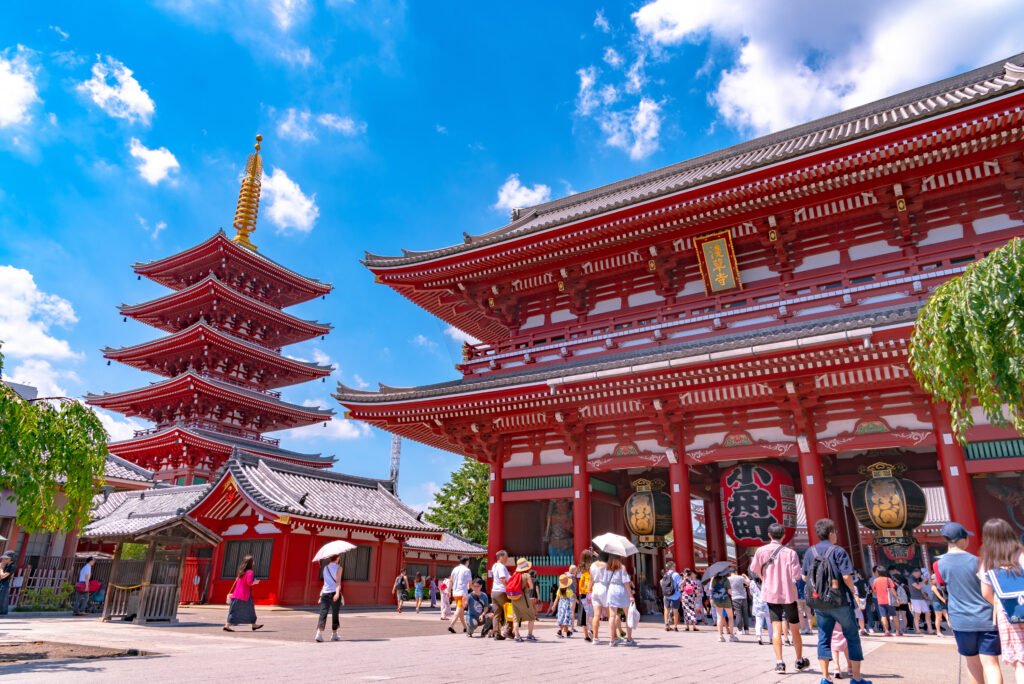Temples and Shrines are important historical properties Japan treasures and one of the most popular tourist attractions among both domestic and international travelers.
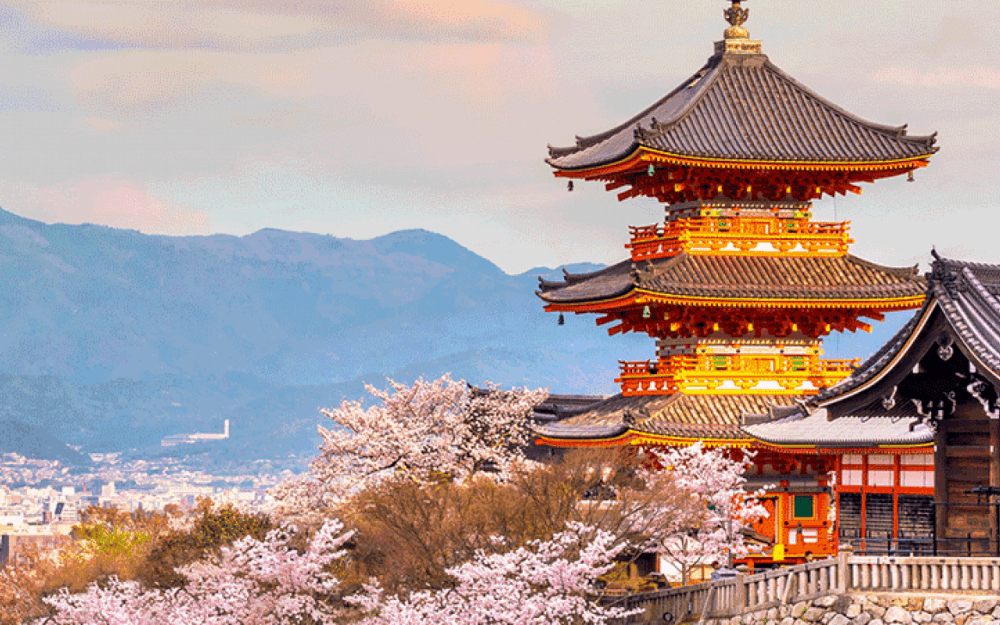
Then, do you know what the difference between shrine and temple is? Today, we’d like to introduce differences between shrine and temple in terms of religion, appearance and manner to worship. Here are also must-visit sites in Japan for you to enjoy the Japanese traditions more.

Religion
A shrine (神社), called Jinja in Japanese, was originated in Japan. In Shintoism, the Japanese people have thought that souls and spirits resist in Shinrabansho (everything in the universe) and have worshiped the mountains, forests, rocks, trees and all other things in nature as the gods. A shrine is symbol of Shintoism with all those things enshrined and has been visited by the worshippers.
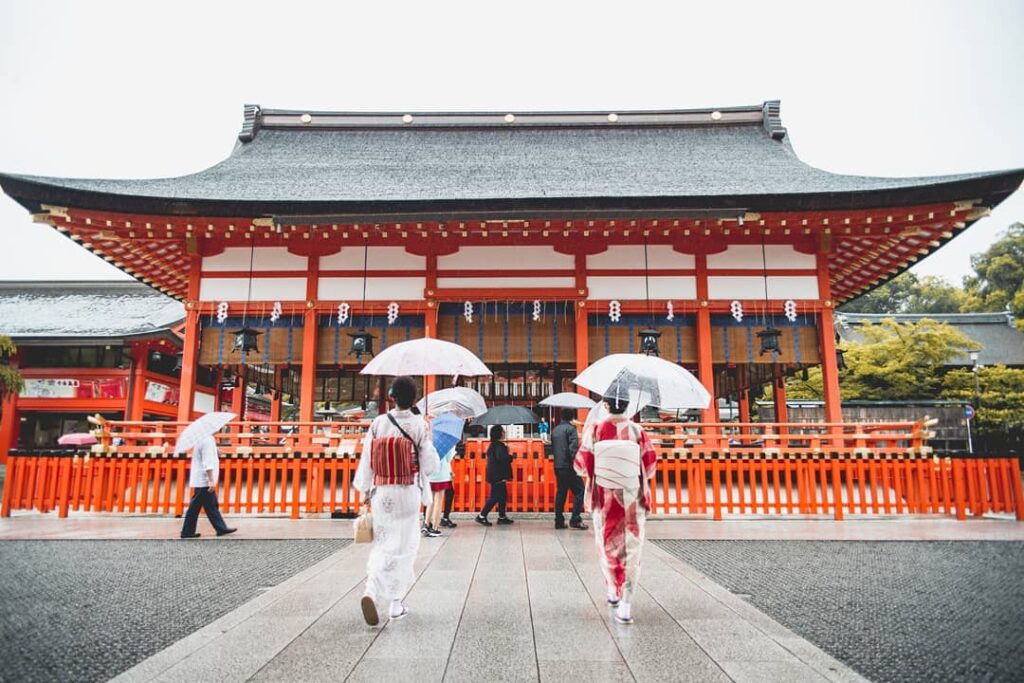
On the other hand, a temple (寺), called Tera in Japanese, has its origin in India and China. Buddhism is worshipped at temples where Buddhist monks live and worship Buddha. The most important Buddha statue is set in the main hall in the site.
Appearance
What they are like is the easiest point to recognize which they are, shrine or temple.
Shrines have shrine gates called Torii at the entrance, which are usually red-colored. That is the easiest way to identify a shrine. There is a temple gate which is well-built and has more complicated structures than shrine’s Torii.
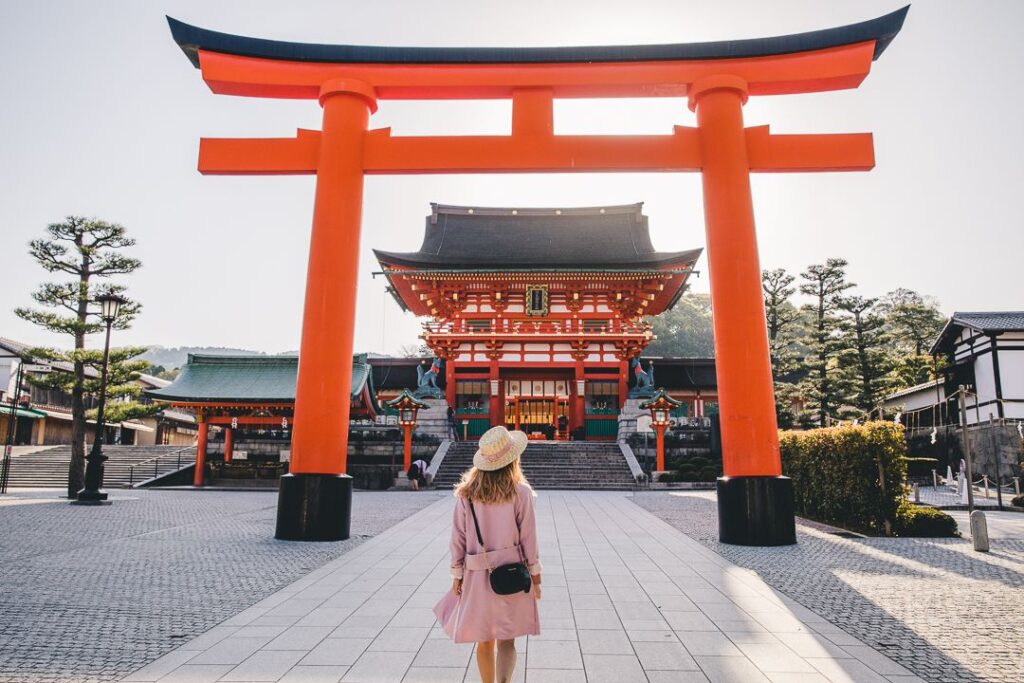
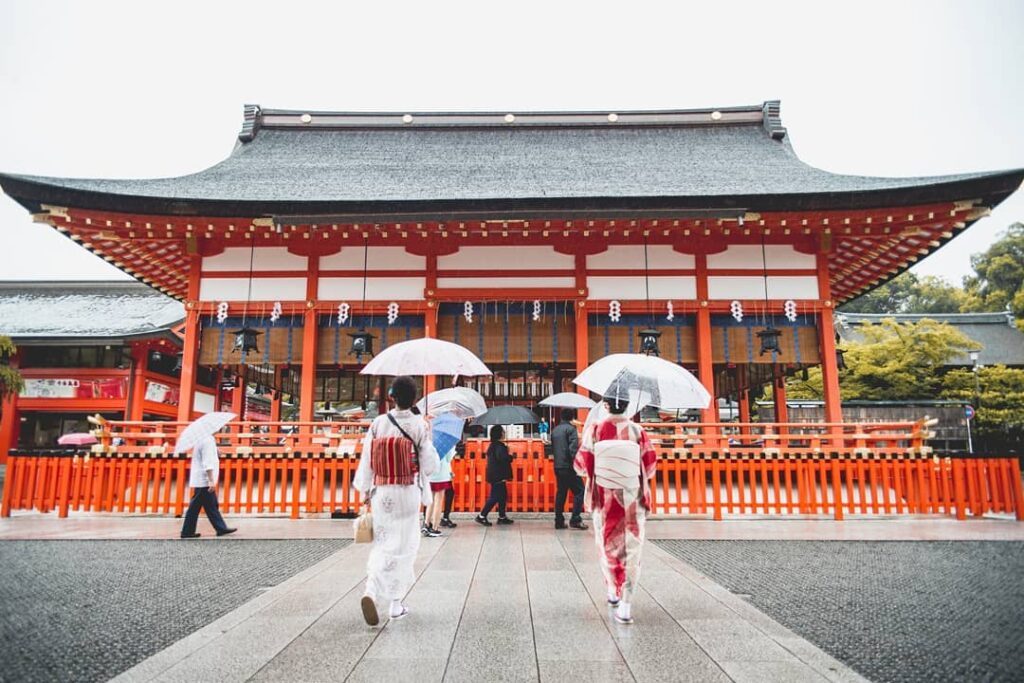
Moreover, you see shrine dogs (Komainu), which is a dog-shaped statue (some of them look like other animals like fox) while Nio (muscular guardians of the Buddha) statues stands at temples.
Manner to Worship
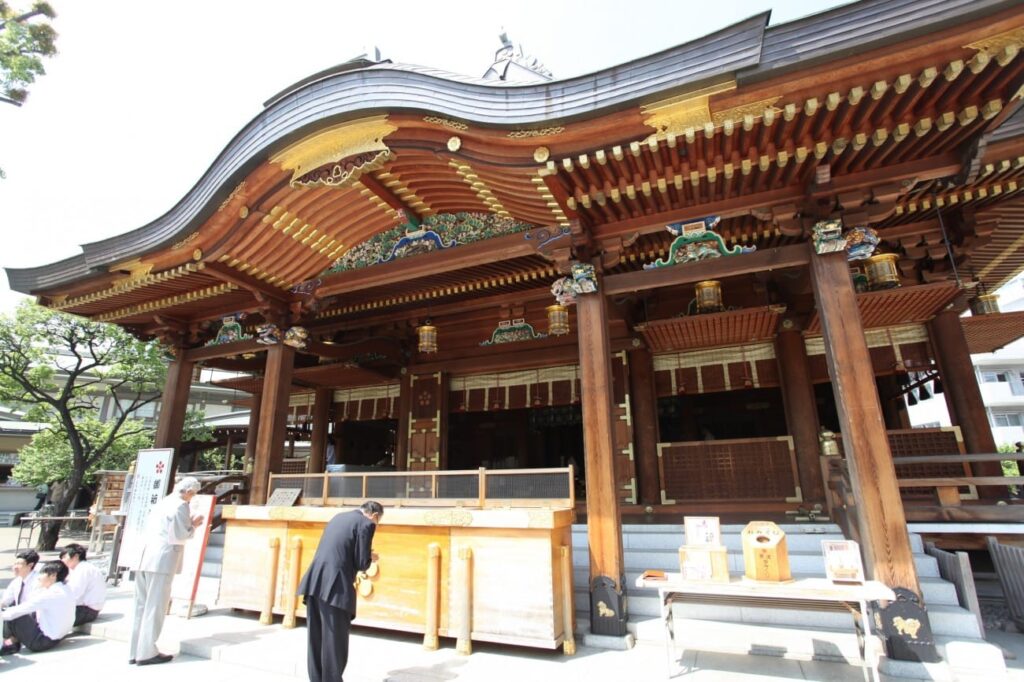
If you visit shrines or temples in Japan, it’s recommended to understand that the manner to worship at each is a little different. Even some Japanese people don’t know the differences and worship with the shrine’s manner at a temple. However, shrines and temples have some in common: the most important and frequent manner is Ojigi, which means “bow down.”
Here are the introductions to how to worship at both places each.
Temple
- Bow your head just before the temple gate
- Walk along the side of the approach road after passing through the gate
- Wash your hands and mouth like below
At first, you wash your left hand with the scoop and right hand and then, rinse your mouth. It finishes washing the handle of it with the same water.
- Touch the incense smoke
The smoke is said it makes a part of your body which is wrong or injured better, so draw it toward the part by waving your hand.
- Pray
Stand in line firstly if there is a line, and wait for your turn. Now your turn comes, make a bow and throw the money (it doesn’t matter how much it is) in the offertory box before you pray with your hands clasped.
Shrine
The way to worship at a shrine is similar to that of temple, however, the praying part is a little different. First of all, make a bow and then throw the money (it doesn’t matter how much it is) in the offertory box. The following part is the shrine’s particular manner:
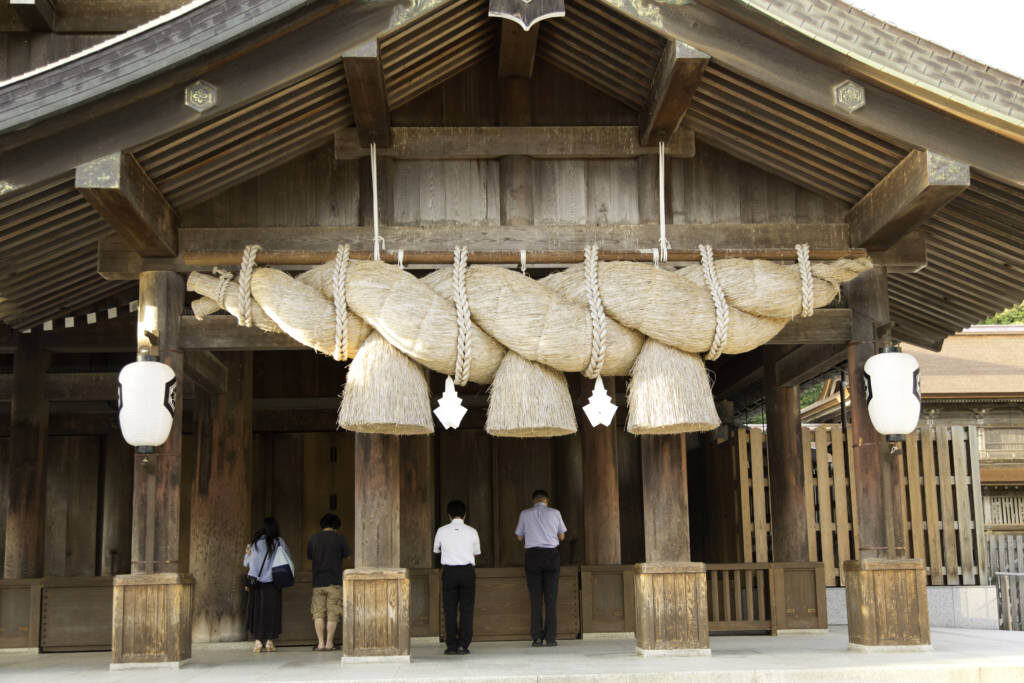
- Bow twice
- Softly clap your hands twice
- Make another bow deeply
02 famous Shrine and Temple that you should visit in Japan:
Fushimi Inari Shrine
Meiji Shrine, located in Harajuku, is one of the most popular shrines in Tokyo. If you want to see the amazing scenery of lots of Torri gates standing, Hie Shrine is also recommended. In the historical city Kyoto, you should not miss Fushimi Inari Shrine, the most visited tourist sites by foreign visitors in Japan.
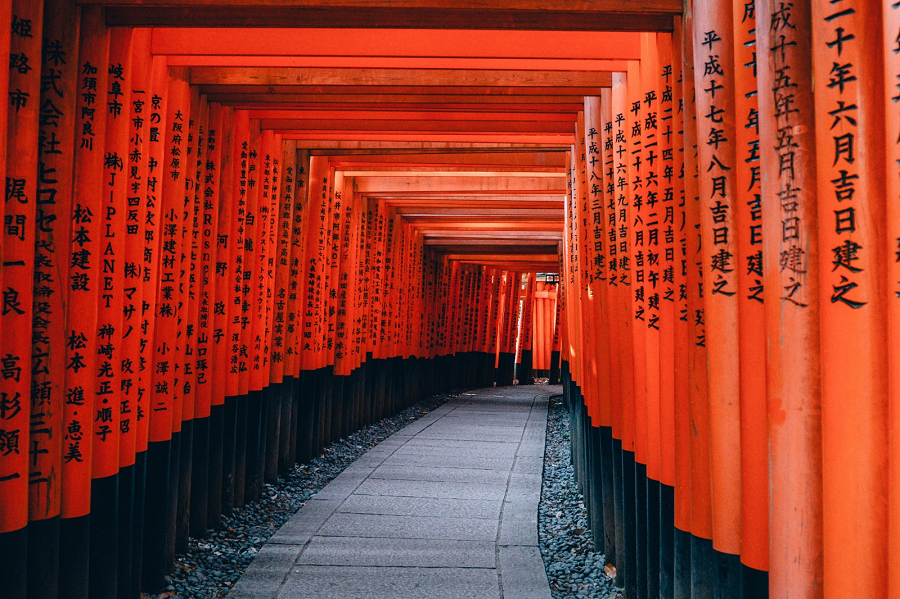
Sensoji Temple
In Tokyo, Sensoji Temple in Asakusa is one of the most famous landmarks with red gigantic temple gate named Kaminarimon Gate. Kyoto is also a perfect place to enjoy temple hopping, and Kiyomizudera Temple and the golden Kinkakuji Temple are two most famous ones in the country.
